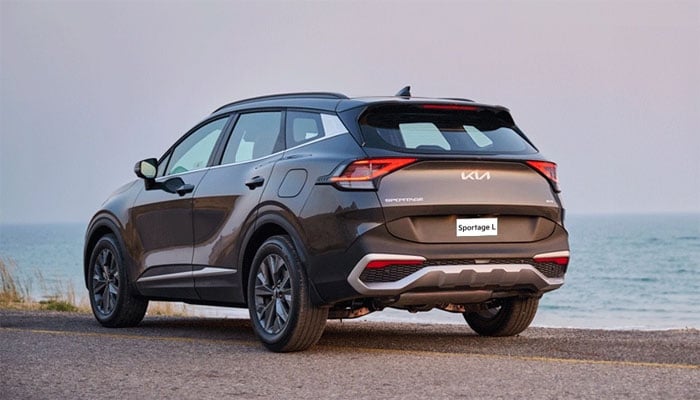
In a major update to Budget 2025 Pakistan, the federal government has confirmed that Hybrid Electric Vehicles (HEVs) will now be part of the Green tax, a newly introduced environmental levy aimed at reducing vehicle-related emissions.
However, certain Plug-in Hybrid Electric Vehicles (PHEVs) with at least a 50 km EV-only range, remain exempted from the Green tax structure.
What is Green tax structure?
As per the announcement, the Green tax is designed to curb pollution from gasoline and diesel-powered vehicles. Despite offering enhanced fuel economy, HEVs still rely on internal combustion engines, thus producing emissions.
To note, the revenue from this tax will support environmental protection projects and encourage the shift toward zero-emission vehicles (ZEVs) like full EVs and qualifying PHEVs.
According to the official definition of a New Energy Vehicle (NEV), only the following vehicle types are exempt from the Green Tax:
- Pure Electric Vehicles (EVs) are powered solely by rechargeable batteries.
- PHEVs that use both a combustion engine and an electric motor must deliver at least 50 km of electric-only range.
Green tax rates for HEVs and ICE vehicles
The government has unleashed a tiered tax rate based on engine capacity:
- 1% for engines 1300cc or below
- 2% for engines 1301cc to 1800cc
- 3% for engines 1801cc and above
Since most locally available hybrid cars fall within the 1301–1800cc range, they will attract a 2% Green tax. Here’s how the tax will impact some popular HEV models:
| Brand | Model | Engine | Ex-Factory Price (Rs.) | 2% Green Tax (Rs.) | New Price (Rs.) |
| Haval | H6 HEV | 1.5L | 11,749,000 | 234,980 | 11,983,980 |
| Toyota | Corolla Cross 1.8 HEV | 1.8L | 8,999,000 | 179,980 | 9,178,980 |
| Hyundai | Tucson Hybrid Smart | 1.6L | 10,999,000 | 219,980 | 11,218,980 |
| Kia | Sportage L HEV | 1.6L | 10,999,000 | 219,980 | 11,218,980 |
















